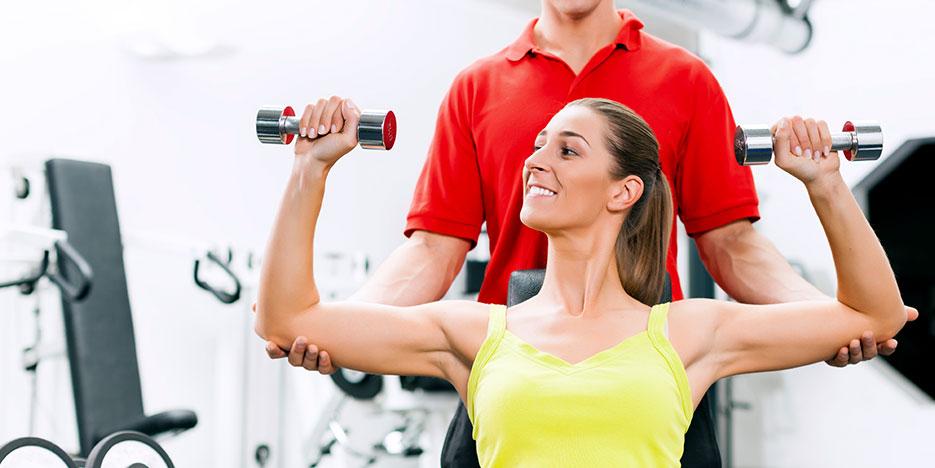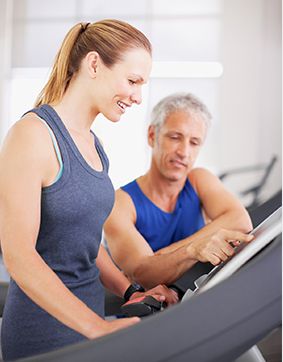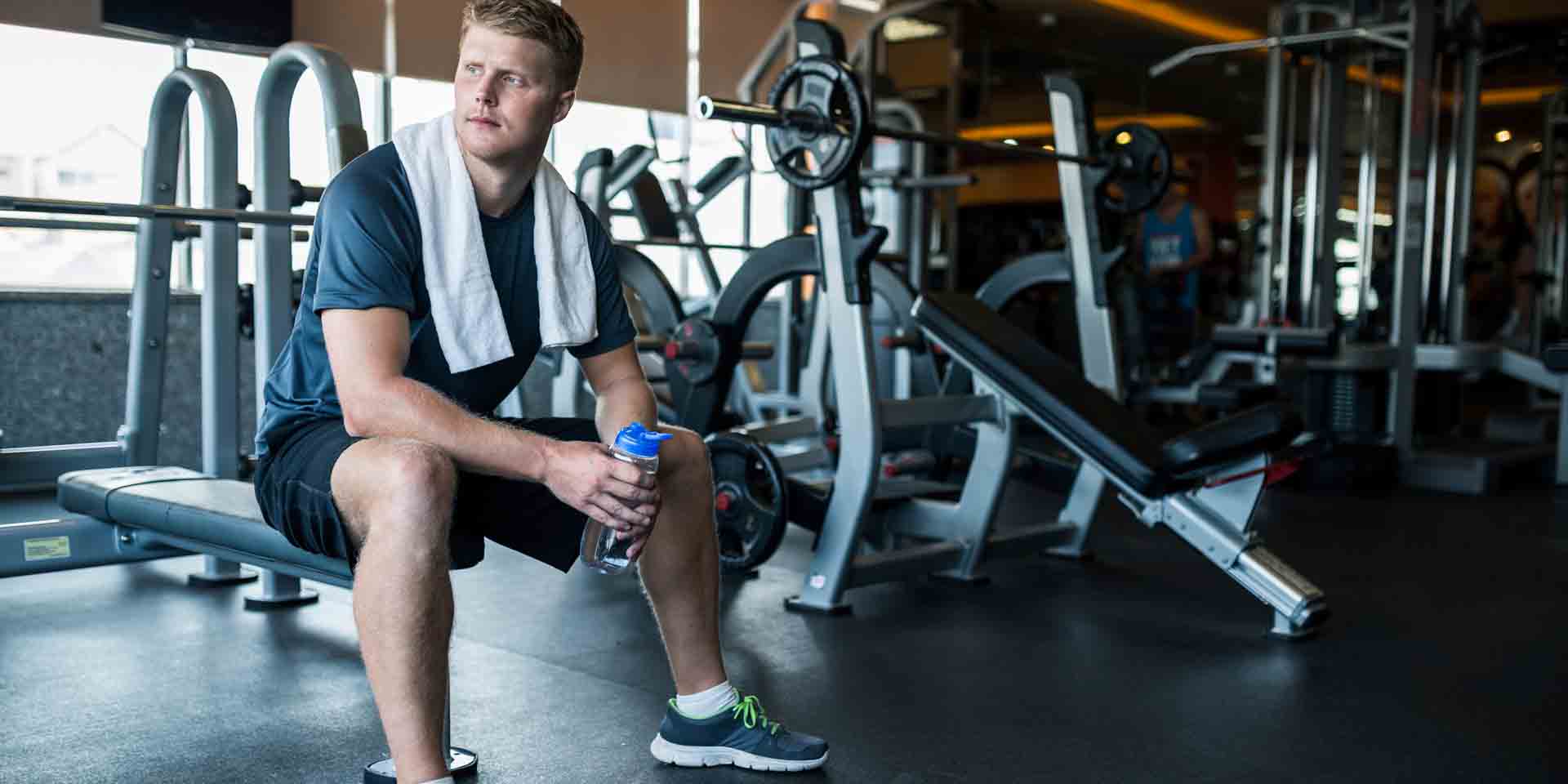ROI on Personal Training
For those of you still going strong with your New Year’s resolution, keep on keeping on! If that resolution includes or may eventually incorporate personal training, Golden Ocala Golf & Equestrian Club wants to ensure that you’re getting the best ROI possible. So, we’re turning the mic over to Fitness Director Jeff Spaeth who has been highly active in the industry since 1979 and even has a background in physical rehabilitation. Since about 85% of the members who join our fitness department request a personal trainer (PT), we’re certain that now is as good a time as any to impart Jeff’s wisdom onto our readers and followers.

Determining Your Need for a PT
The best time to incorporate a PT into your routine is when you first start a workout program, which should be when you’re no younger than 16, as that’s around the time that your body’s growth plates close. And as you get older, the need for a PT will only increase, because bad habits — including performing exercises incorrectly — become harder to break.
If you ultimately decide that a PT is right for you, the ROI will come from feeling better and stronger as well as sleeping better. This ROI — coupled with the PT’s fresh, exciting and productive sessions — prompts most people to stick with that PT for as long as possible.
Choosing the Right PT

But before experiencing ROI in the form of fresh, exciting and productive sessions, you must select the right PT. And be aware, not all PTs are created equal. So, find a qualified and experienced individual who has the skills, knowledge and ability to design a safe and effective program that fits your needs and abilities. Every PT should have an extensive resume of working with various body types and injuries — and if the PTs you’re investigating are in good shape, that’s a good indicator that they know what they’re doing.
To find someone who fits the bill, try word of mouth first. When you meet these referred PTs, ask how long they’ve been training and how they acquired the knowledge they apply today. And here’s your first clue — reading a textbook, taking a class and having several academic degrees are not enough. Experience only comes with time, and nothing can replace it.
Personal Training Process
While every PT session should be unique and based on the individual’s goals, the “Big 5” areas must be addressed — chest, back, shoulders, legs and core. Some examples include:
- Pushing exercises like chest, dumbbell, shoulder and leg presses
- Pulling exercises like back, chest and shoulder pulldowns
- Hinge movements like abduction and abduction movements, hyperextensions and lateral leg raises
- Squatting action
- Core strengthening like sit-ups and crunches
But before you begin your very first training session, obtain clearance from your doctor. Also, determine any negative consequences that may arise, as well as select a day and time for each session to establish workout consistency.

Post-PT Exercises
Most PTs will provide you with exercises that you can complete between training sessions — even “Big 5” ones that you can try long after the days with the PT are over.
If a client has a gym at home, a PT may recommend exercises based on available equipment, weight limits, repetition abilities and more. Otherwise, there’s always push-ups, sit-ups, standing squats and stretches. You
could curl a heavy book, perform lateral leg raises and work your glutes with donkey kicks. And if you’re legs and knees are up for the challenge, you could take on walking, jogging or jumping jacks.
But whatever your situation, Golden Ocala wants it to be a good one. So, for more information, call Jeff Spaeth at (352) 402-4350.